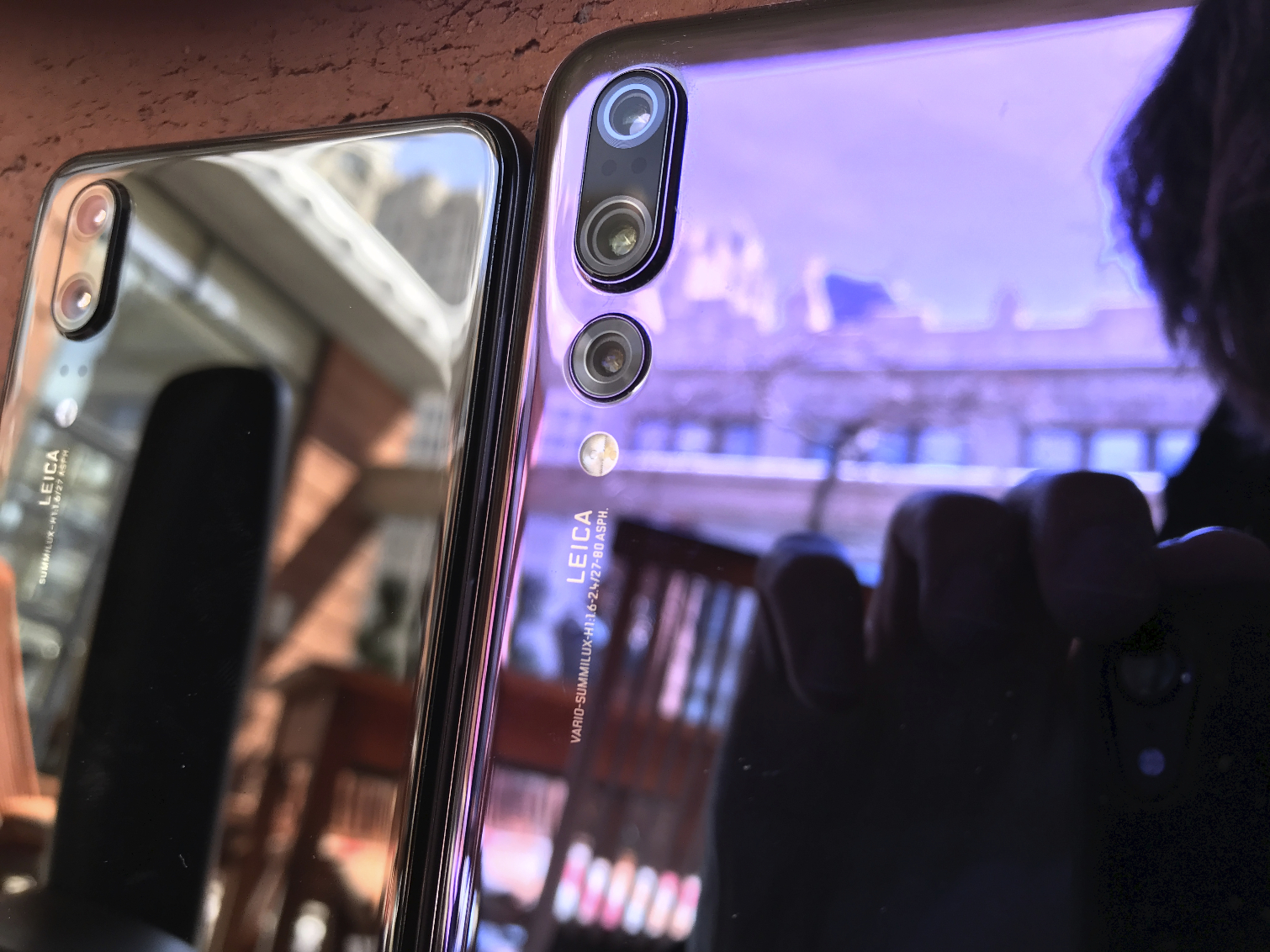Here’s How to Get the Huawei P20 Pro in the US
Huawei’s new triple-camera marvel may not technically be sold in the US, but clever buyers can still get their hands on one. Here’s how.


The Huawei P20 Pro is shaping up to be the year’s best phone you can’t officially buy — at least if you live in the United States.
The fallout between Huawei and almost-carrier partners AT&T and Verizon spurred on by the U.S. Government’s distrust of the Chinese phone maker, plus the brand’s recent exit from Best Buy means bad news for those excited about the company’s upcoming triple-camera titan. As a consequence, Huawei has chosen not to risk releasing the P20 or P20 Pro here as it did in February with the Mate 10 Pro, the device it was counting on to make a splash in the U.S. market.
MORE: Huawei P20 Pro Review Roundup - What Critics Love (and Hate)
That’s a shame, considering the P20 Pro is being universally lauded for its revolutionary photography capabilities and the Mate 10 Pro was, well, just fine.
Amidst all the buzz, you’re probably wondering what luck you’d have importing a P20 Pro. While the phone is technically compatible with GSM networks on this side of the Atlantic, there’s no guarantee it will work perfectly.
Can I Use It On My Carrier?
The following table shows the wireless bands T-Mobile and AT&T use. (Verizon and Sprint employ CDMA technology for their towers, so don’t even bother trying to connect to them with Huawei’s GSM-only devices.) The bands supported by the global models of the P20 and P20 Pro are bolded.
| Carrier | Bands Used (P20-supported bands bolded) |
| T-Mobile | 2, 4, 5, 12, 66, 71 |
| AT&T | 2, 4, 5, 12, 17 |
Fortunately, they mostly overlap, but note the two bands on T-Mobile the P20 doesn’t get: 66 and 71. Band 66 is used primarily to supplement band 4, which receives a bulk of T-Mobile’s traffic. Band 71 allows for improved rural and in-building reception.
Sign up to get the BEST of Tom's Guide direct to your inbox.
Get instant access to breaking news, the hottest reviews, great deals and helpful tips.
In other words, T-Mobile subscribers won’t enjoy perfect connectivity throughout the country, especially if they live or travel outside a city. The good news is that those first four bands — 2, 4, 5 and 12 — are what T-Mobile and AT&T mostly rely on for service. That means an imported P20 operating on one of those networks should work properly in most cases. Just don’t expect representatives from either carrier to help troubleshoot your device, should issues arise.

How Can I Buy It?
Huawei’s newest flagships will be sold practically everywhere except for the U.S. Even our Canadian neighbors are getting both phones, which bodes well for prospective American buyers looking for what will likely be the cheapest path to importation. While we don’t yet know how expensive those handsets will be in Canada, we do know the prices the P20 family will command in Europe and the U.K. — and they aren’t cheap.
MORE: Huawei P20 Hands-On: Are Three Cameras Better Than Two?
The 5.8-inch P20 costs £600 and €650, while the 6.1-inch P20 Pro runs £800 and €900. Translated to dollars, you can expect to pay about $800 for a P20, and just north of $1,100 for a P20 Pro. If you do buy, make sure you’re getting a model listed to support global or international cellular networks, and not a device configured for Asia.
The P20 Pro’s steep price tag places it in iPhone X territory. For some, that will understandably be too much to drop on a product that doesn’t guarantee a perfect experience locally. However, for those particularly enthusiastic about the device, it might be worth the plunge. In this case, we wouldn’t advise against it — so long as you’re certain you understand the risks.
Adam Ismail is a staff writer at Jalopnik and previously worked on Tom's Guide covering smartphones, car tech and gaming. His love for all things mobile began with the original Motorola Droid; since then he’s owned a variety of Android and iOS-powered handsets, refusing to stay loyal to one platform. His work has also appeared on Digital Trends and GTPlanet. When he’s not fiddling with the latest devices, he’s at an indie pop show, recording a podcast or playing Sega Dreamcast.
